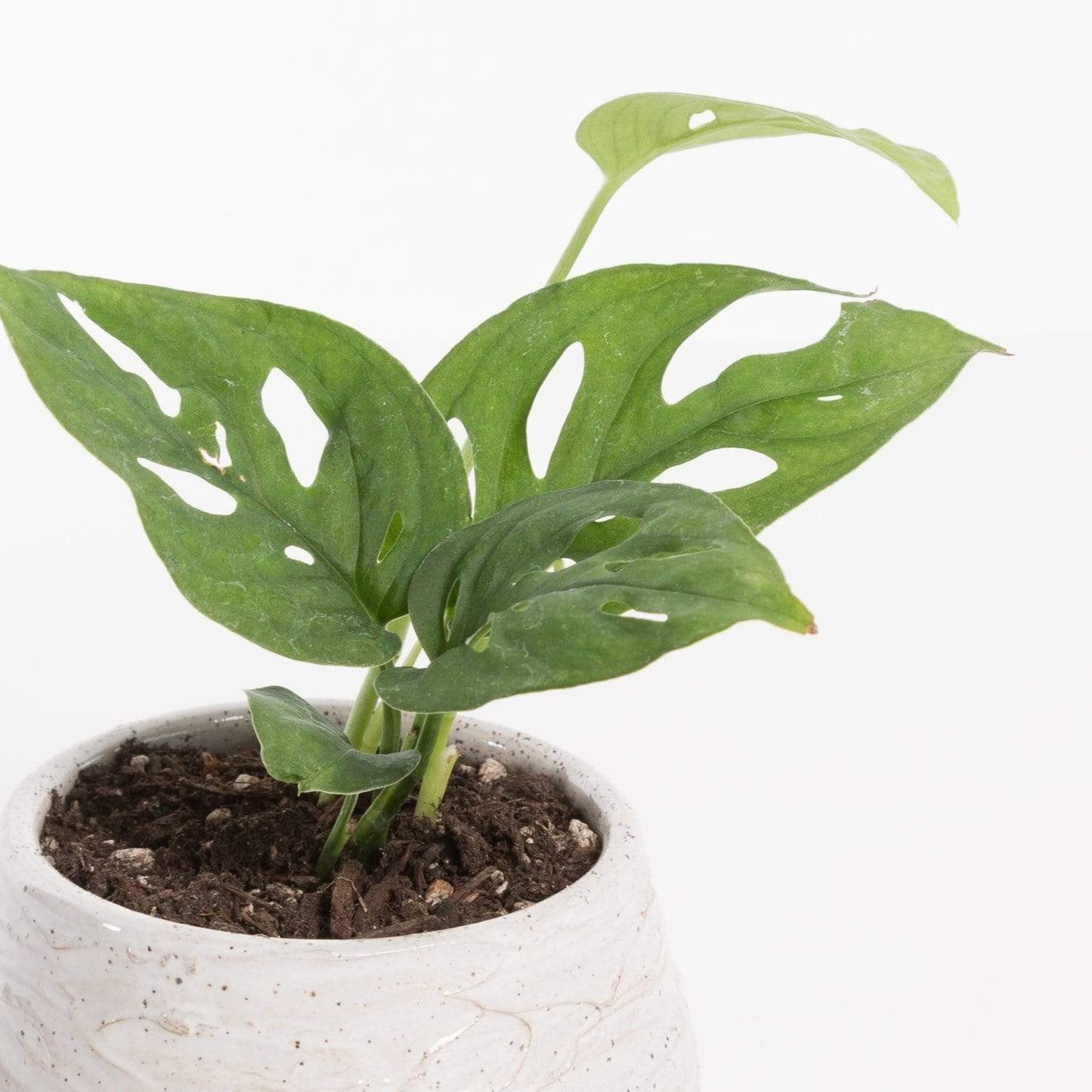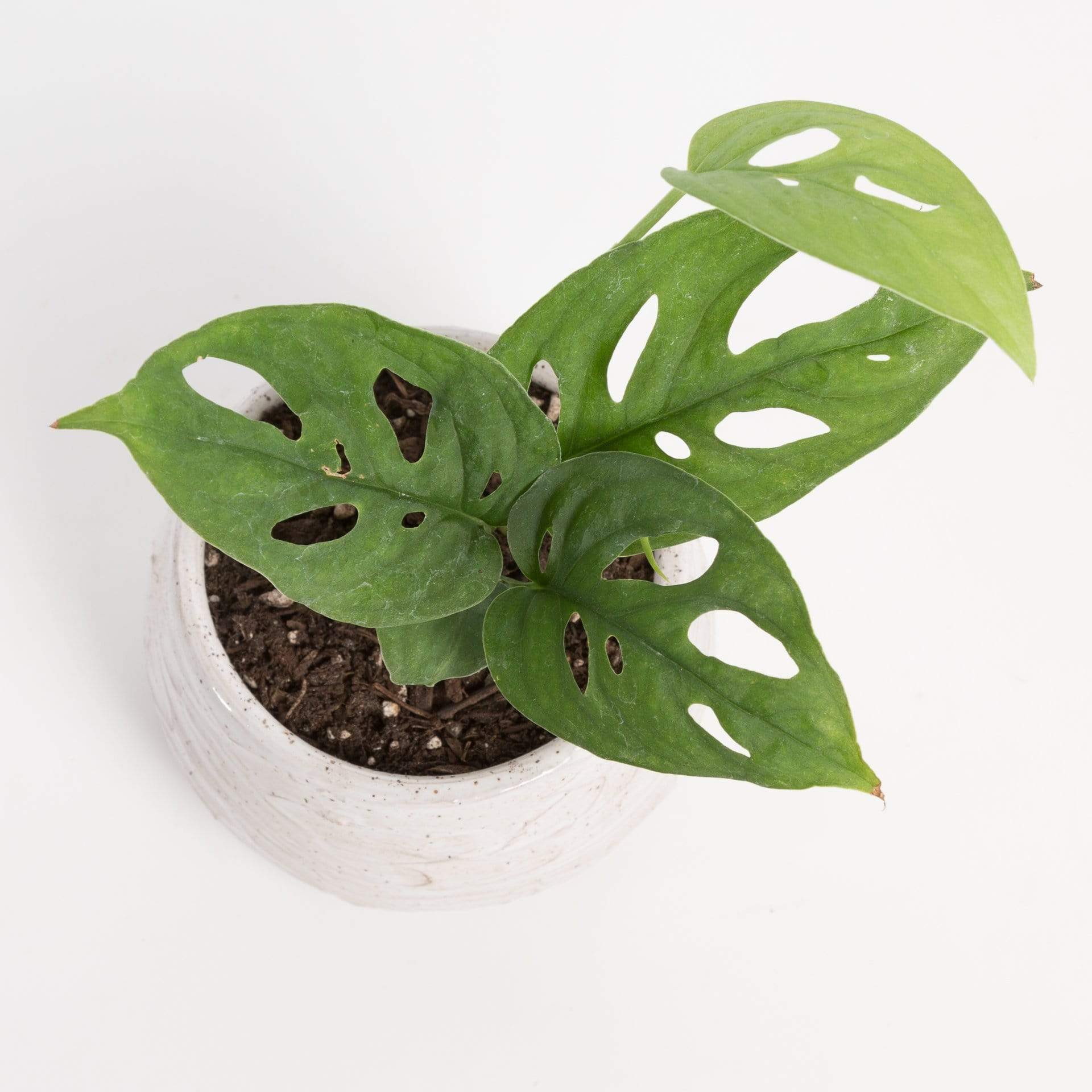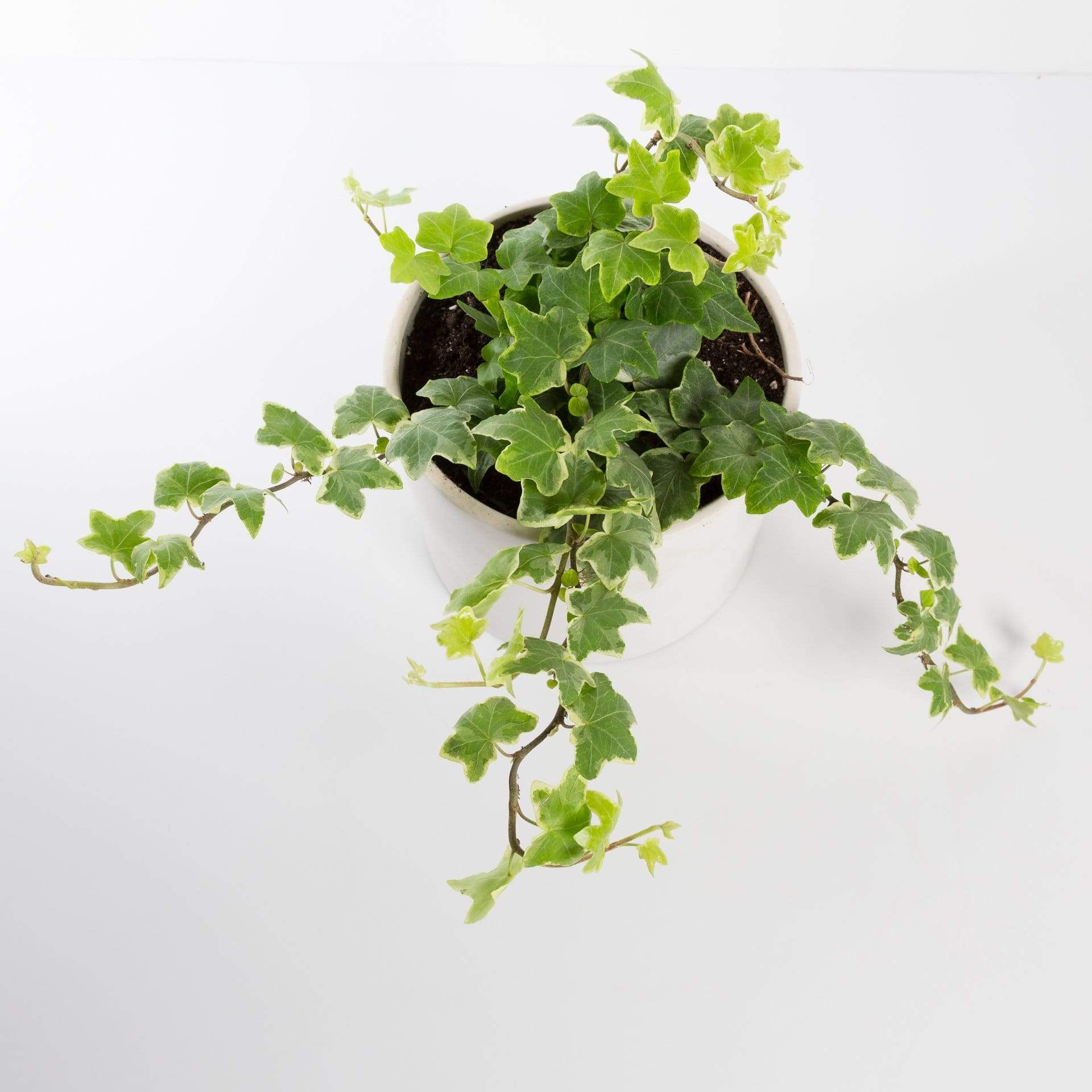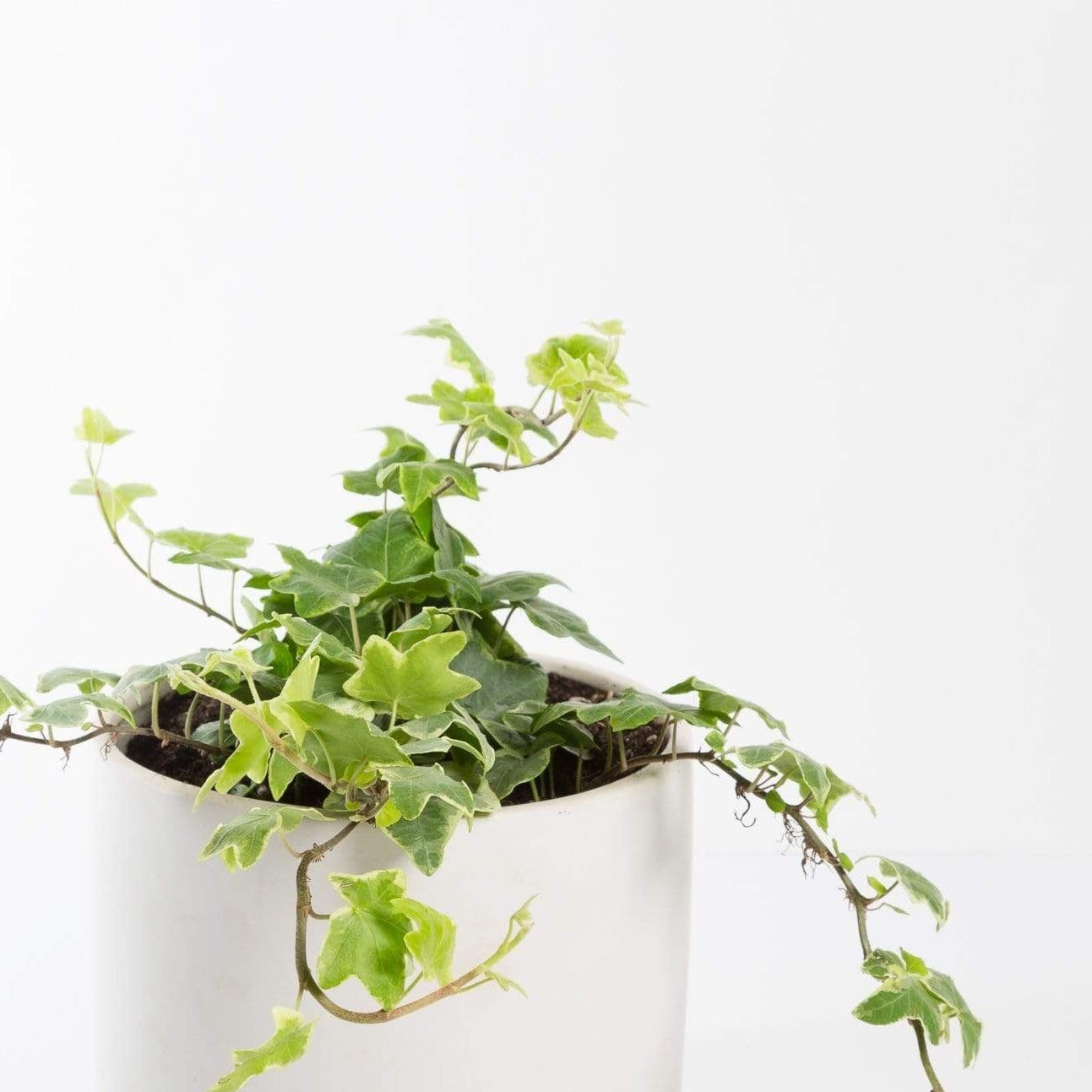All About Moss Poles: Why we love them and why you should too
Many popular tropical houseplants have specific needs in order to achieve mature growth size. For example, aroids (plant group known for their unique clusters of flowers when reproducing) found in the rainforest attach themselves to larger plants for stability as they thrive. In order to achieve a similar environment in our homes, we provide support structures. There are a few different types of plant supports, but here we'll be focusing on moss poles—why they're useful and what plants thrive best with them.
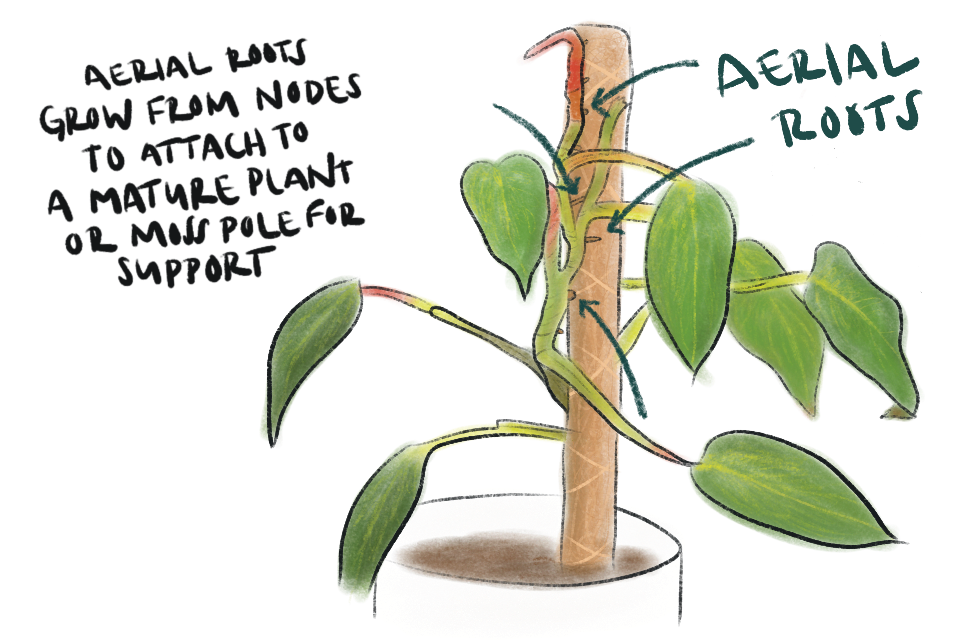
What's a moss pole?
In the rainforest, an aroid plant will find a mature plant or tree to attach their aerial roots to. Aerial roots are roots that grow above ground. Moss poles are supports that emulate the environmental support that an aroid plant would latch onto in the wild. Many plant species use their aerial roots for gathering different resources and growth support.
Our moss poles are made in-house, consisting of three natural material layers that closely replicates mature tree aroids attach to in nature.
Benefits of mounting your aroid plants
With the proper structural support, an aroid plant will change their growth habits. It’s important to use a moss pole instead of another type of support since moss poles emulate the type of support an aroid will find in the wild. Proper positioning of the plant on the pole is also key to success. Once they feel secure, they’ll focus more on foliage growth (and more fenestration with monsteras!) and less on root growth. The plant will be happier in a smaller pot for longer and will produce larger leaves, which is usually what a plant parent hopes for!
The earlier a plant is mounted onto a moss pole, the sooner they feel secure and dig into the moss pole with their aerial roots. It'll also be easier to keep an eye out for any pests and other health issues since all of the leaves will adjust and face the same direction.
Moss poles don't require maintenance, at least not for a while. Eventually, the wooden base layer of the moss pole will start to break down, but with yearly checkups, you don't have to be too worried. It'll be caught before it becomes a major issue.
Moss poles don’t need to be moist in order to be useful. It’s more about having the plant properly mounted on the moss pole. Once the youngest aerial nodes dig into the moss pole, they’ll feel safe enough to start growing larger foliage. Keep in mind, the plant's soil roots are still the primary nutrients and moisture uptake. As long as the soil roots are happy, then the aerial roots can be the primary structural support.
Plants that love a moss pole
There are many types of aroids that thrive moss poles. With over 3,000 species in the family, you probably have a couple at home! Some of the most popular are from the Philodendron and Monstera genera. You don't get those giant iconic leaves without the proper support. Other plants that thrive with moss poles include Hoya, Rhaphidophoras, Pothos and many more. We always try to have some of each in the shop. Take a peek at some of our favorites below!
Type: Plant
Arrowhead Vine 'White Butterfly' 4"
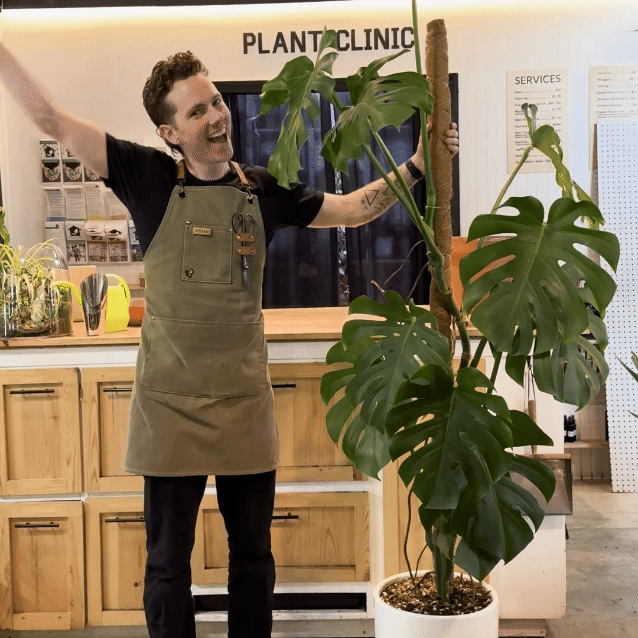
Our plant clinic can mount your plant for you!
The more mature the plant is, the higher the risk of accidentally snapping a vine. Our plant clinicians have a lot of experience in gradually training mature vines to adjust to a moss pole. Usually it’s a multi-day process to get them to a happy place on the moss pole. Plus, while your plant is here, we can inspect it to make sure it’s pest free and even repot it in fresh nutrient-dense soil. Drop by the shop or schedule an intake appointment with us to get started.


